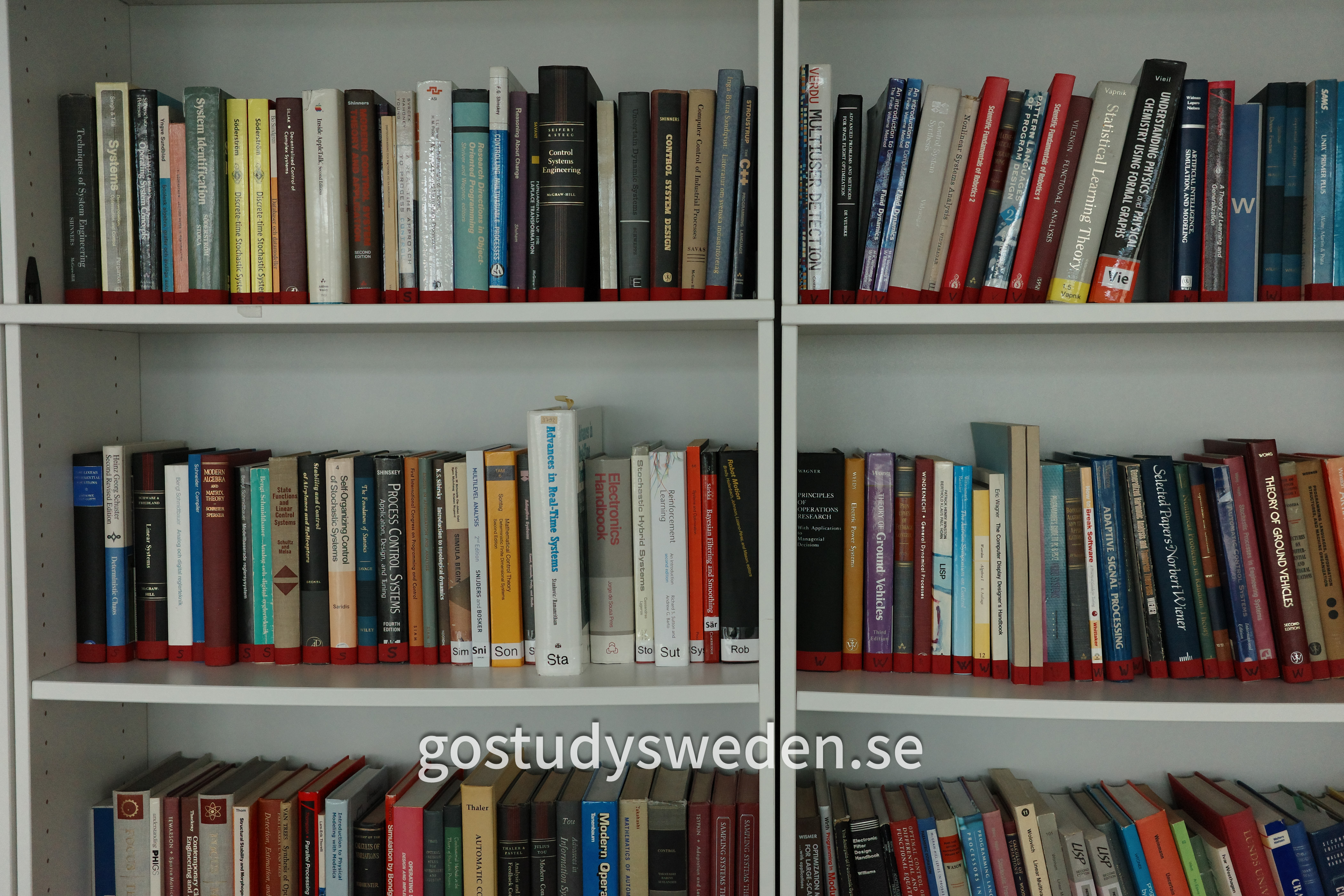Hello everyone, I’m here to write another article! Most of the content shared before was about eating, drinking, playing and daily life in Sweden. Today we’re going to talk about studying. After all, studying is our main task when studying abroad, right?
The overall feeling of learning in Sweden is not much different from that in China, but if you experience it in depth, you will find some key differences. Today we’re mainly going to talk about the course settings and experiments in Sweden.
The course credit system in Sweden
In Sweden, the credits for each course are basically 7.5 credits, and the credits represent the length of study. Generally speaking, a 7.5-credit course takes two to two and a half months to study.
The assessment method of the course is usually divided into two parts:
Exam
Experiment
At least in the field of engineering (because I study engineering), experiments and exams are equally important. Unlike undergraduate studies in China, experimental classes are often ignored, and even many people “go through” – copying other people’s answers, copying codes, or relying on the great god in the group to carry. But the learning style in Sweden is completely different. They are consistent, and experiments are really important.
Importance of experiments: 3.5 credits vs. 4 credits
Take the course “Computer Architecture” as an example. Its experiments account for 3.5 credits and the exams account for 4 credits. The weights of the two are almost the same, which means that experiments are not just “auxiliary” learning, but the core part of the course.
This course has a total of four experiments, each of which requires:
Complete homework in advance
Go to the laboratory for actual operation
After the experiment is completed, report the results to the TA (teaching assistant) and answer questions
The TA will ask questions about the experimental results to confirm that you really understand the content, rather than just making a result. This makes me feel that the Swedish course design is very strict and effective.
The real value of the experimental class
The experiment is not just for you to do it, but for you to truly understand the course content. For example:
In class, the teacher may use PPT to explain the RISC-V architecture, but you only understand the meaning after listening.
But in the experiment, you will use a RISC-V simulator to execute instructions, parse commands, and write to memory by yourself to thoroughly understand what RISC-V is.
There is also a cache experiment, which actually demonstrates the process of data from memory to cache and how to arrange it. This hands-on experience is much more profound than simply watching the courseware.
The experimental courses in Sweden are very well designed. Each experiment is closely related to the course content. Basically, everything you learn can be practiced in the experiment once, which is in sharp contrast to the domestic model that is mainly based on exams.
Don’t ignore the experiment!
There is a very important point when studying in Sweden: there are make-up exams for exams, but not for experiments!
Exams: There are 3-4 make-up exams every year, usually in January, April, and August. Even if you fail the exam, there are still multiple opportunities.
Experiments: There is only one chance! If you fail the experiment, the 3.5 credits are gone, and you have to wait until next year to do it again, which has a great impact on graduation!
So, my advice is: Even if you fail the exam, you must pass the experiment! If you pass the experiment, you can basically pass the exam, because the experiment itself has covered most of the course content.
Summary
The courses in Sweden are mainly 7.5 credits, and it usually takes two months to complete a course.
Experiments and exams are equally important. In some classes, experiments can account for 3.5 credits.
Experiments must be done seriously. Every experiment requires preparation of homework, practical operation, and explanation to the teacher.
Experiments are the core way to understand the course. Unlike “water experiments” in China, each experiment directly corresponds to the course content.
There is no make-up exam for experiments, but there is a make-up exam for exams, so you must make sure you pass the experiment first!
The learning method in Sweden is quite interesting. If you do a good job in experiments, it will not only help you understand the course, but also make it easier to pass the exam. I hope this article can help students who want to study in Sweden!
